Durchmusterungsteleskope
Image Archive: Survey Telescopes
Vermessung des Himmels


Das VLT Survey Telescope (VST), Teil des Paranal-Observatoriums der ESO, beobachtet den strahlend klaren Himmel über der Atacama-Wüste Chiles. Es ist das größte Teleskop der Welt, das den Himmel im sichtbaren Licht durchmustert.
Haloes over VISTA


Haloes are optical phenomena produced by light interacting with ice crystals suspended in the atmosphere. Light is reflected and refracted by the ice crystals and may split up into colours because of dispersion. The crystals behave like prisms and mirrors, refracting and reflecting light between their faces, sending shafts of light in particular directions. Here solar haloes are clearly visible above the enclosure of VISTA on Cerro Paranal.
Looking into the past, building for the future

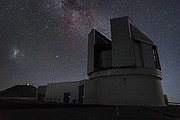
Below the starry sky at ESO's Paranal Observatory sits the Visible and Infrared Survey Telescope for Astronomy (VISTA). In the background is the Very Large Telescope (VLT) and the VLT Survey Telescope (VST)
A stream of stars above
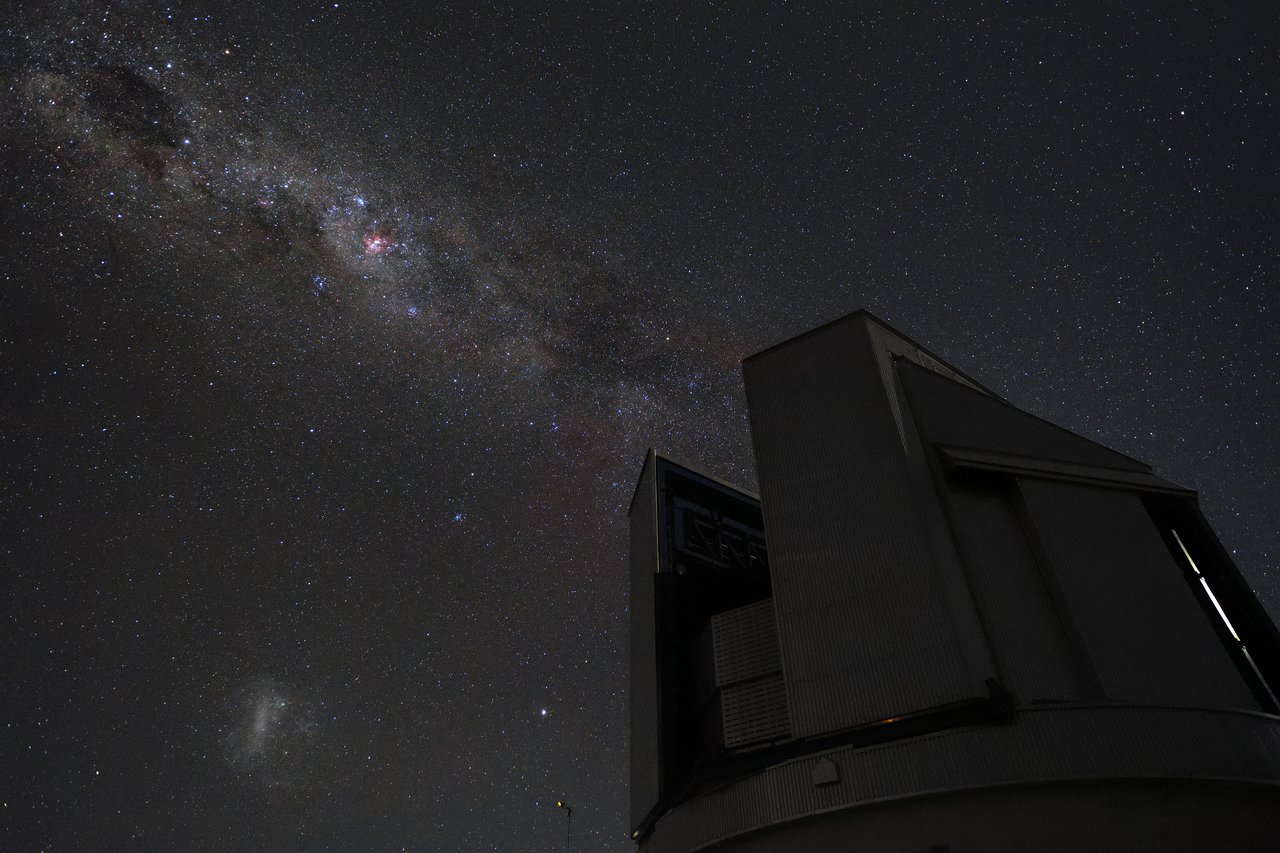

A stream of the the Milky Way Galaxy shoots across the sky above the Visible and Infrared Survey Telescope for Astronomy (VISTA) at ESO's Paranal Observatory. In this image one can easily see the eta Carinae nebula (the pink-reddish nebula on the top left) and the Large Magellanic Cloud at the bottom left.
Panorama of VISTA and view
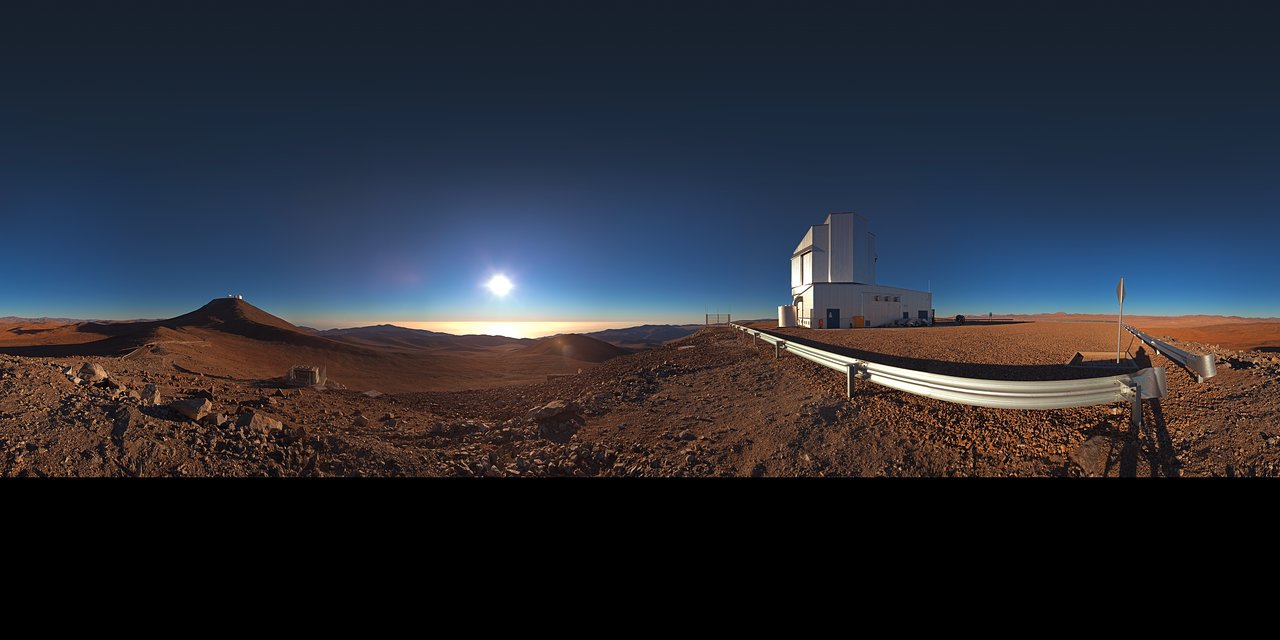

360 degree panorama of the view from Paranal Observatory. The telescope to the right is the Visible and Infrared Survey Telescope for Astronomy (VISTA). VISTA is a wide-field telescope designed for performing a series of very broad surveys of the sky in infrared light. Thanks to its fairly large primary mirror, with a diameter of 4 metres, these surveys will show quite faint objects. The goal of these surveys is to create large catalogues of celestial objects for statistical studies and to identify new targets for the VLT.
Links
VISTA's inner workings
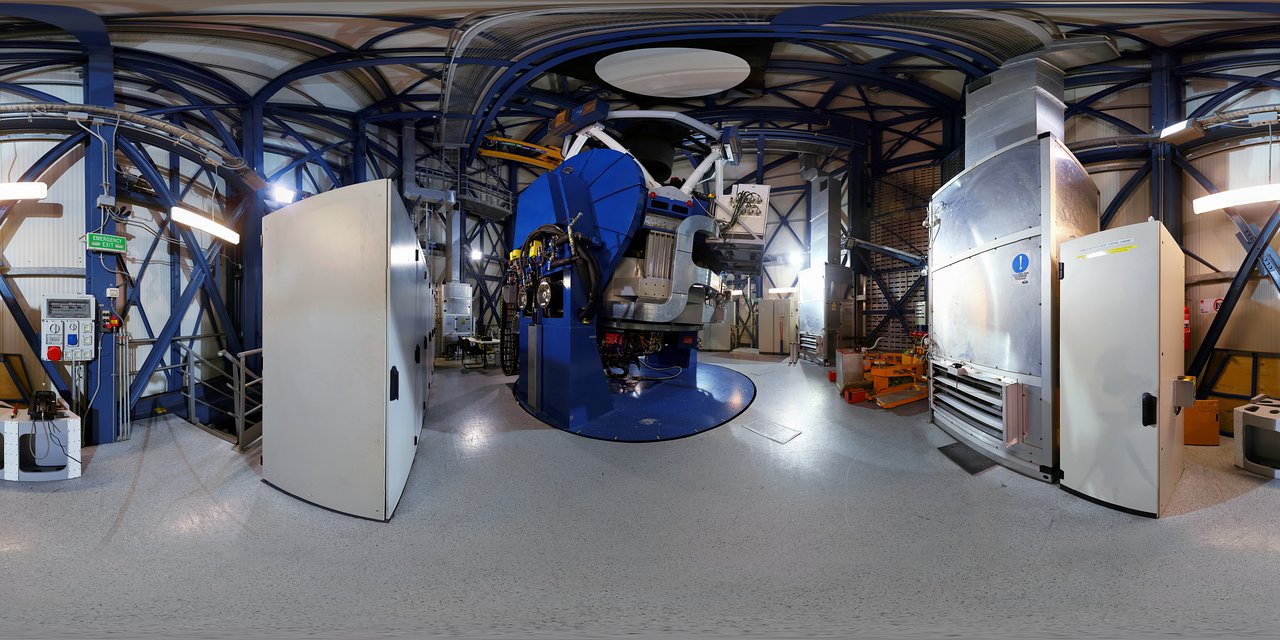

An inside view of VISTA ― the Visible and Infrared Survey Telescope for Astronomy. Part of ESO’s Paranal Observatory on the peak adjacent to the Very Large Telescope (VLT), VISTA shares the same exceptional observing conditions.
The VLT Survey Telescope atop Paranal


The VLT Survey Telescope (VST) is the latest major telescope to be installed at ESO’s Paranal Observatory and is the largest telescope in the world designed for surveying the sky in visible light.
VISTA vista


VISTA (Visible and Infrared Survey Telescope for Astronomy) is part of ESO’s Paranal Observatory. Observing the Universe at near-infrared wavelengths, it is the world’s largest survey telescope.
VST view

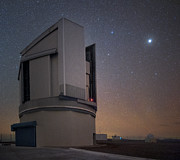
ESO's VLT Survey Telescope (VST) is part of Paranal Observatory in Chile. It is the world's largest telescope surveying the Universe in visible light.
Das Innere von VISTA


Dieses 360-Grad Panorama wurde in der Teleskopkuppel von VISTA aufgenommen. Das Visible and Infrared Survey Telescope for Astronomy (VISTA) ist ein Weitfeldspektrograf, der für eine Reihe von großen Himmelsdurchmusterungen im Infrarotbereich entwickelt wurde. Dank seines großen Primärspiegels mit einem Durchmesser von 4 m, werden die Untersuchungen auch sehr lichtschwache Objekte aufzeigen. Das Ziel der Durchmusterungen ist es, einen großen Katalog von Himmelsobjekten für statistische Studien zu entwickeln und neue Ziele für das VLT zu bestimmen.
Startrails above VISTA

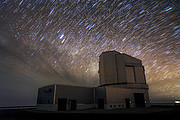
Startrails populating a cloudy sky above the VISTA telescope in Paranal. VISTA ― the Visible and Infrared Survey Telescope for Astronomy ― is part of ESO’s Paranal Observatory. VISTA works at near-infrared wavelengths and is the world’s largest survey telescope.
Ein Smaragd am Himmel
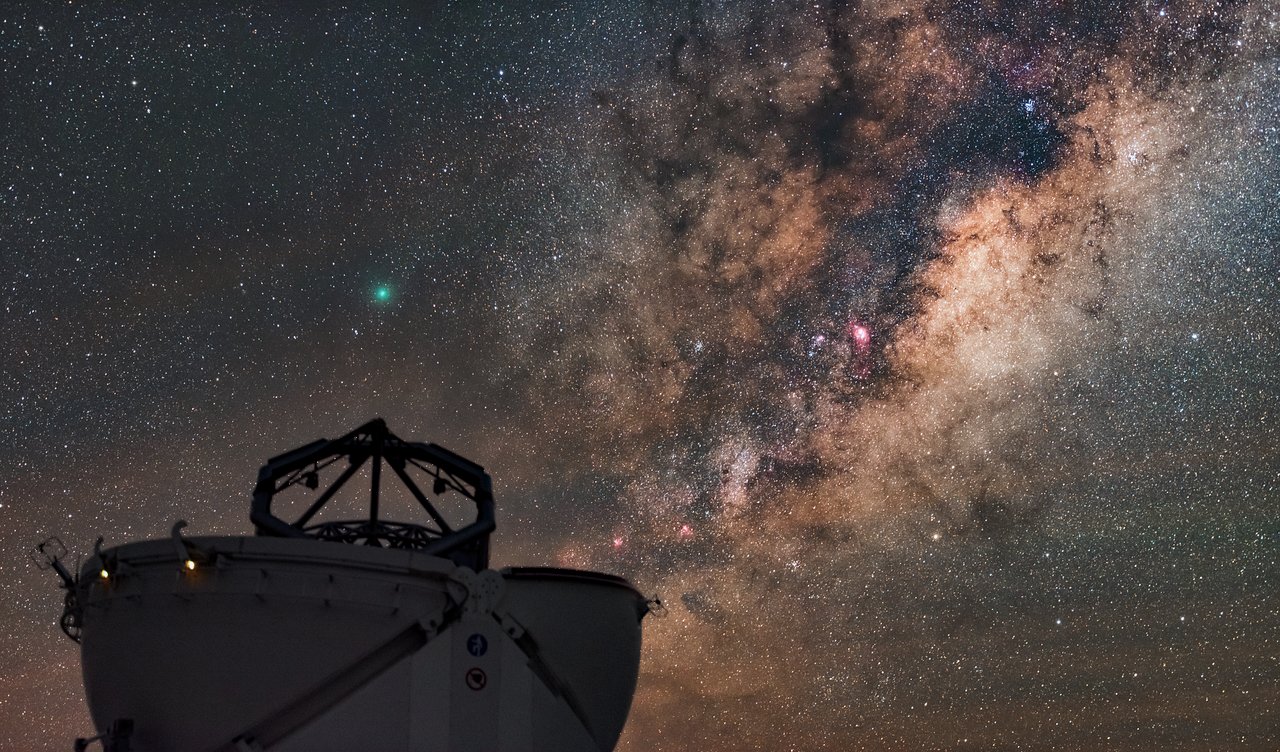

Dieses Hilfsteleskop des Very Large Telescope (VLT) am Paranal-Observatorium in Chile, scheint auf den smaragdgrünen Fleck des Kometen 252P/LINEAR über ihm ausgerichtet zu sein.
Dieser Komet, der im April 2000 entdeckt wurde, ist ein Neuankömmling im inneren Sonnensystem und bewegt sich jetzt auf einer Bahn zwischen der Umlaufbahn von Jupiter und Erde. Vor ein paar Tagen, im März 2016, kam er besonders nahe an der Erde vorbei. Mit einem bstand zur Erde von nur 5,2 Millionen Kilometern war es der fünft-nächste dokumentierte Vorbeiflug eines Kometen überhaupt. Er kann immer noch am südlichen Himmel bewundert werden. Die grüne Farbe stammt von fluoreszierendem Gas auf Kohlenstoffbasis, das den Kometen umgibt.
Dieses brillante Foto wurde von ESO-Fotobotschafter Babak A. Tafreshi aufgenommen. Er hat gerade seine Arbeit bei der Fulldome-Expedition der ESO aufgenommen, auf der er noch weitere spektakuläre Fotos der ESO-Observatorien und des Südhimmels schießen wird.
VLT Survey Telescope


The enclosure of the VLT Survey Telescope (VST), located at ESO's Paranal Observatory in northern Chile, is bathed in a warm orange glow from a low-lying Sun. In the foreground, swallowed by shadow, the tracks on which the VLT's Auxiliary Telescopes travel are shown.
VISTA on the edge


Like an outpost at the end of the Earth, VISTA stands against the backdrop of the vast sprawl of the Atacama.
The VLT Survey Telescope at twilight

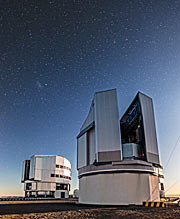
The VLT Survery Telescope stands in the foreground of this image. it is the largest telescope in the world designed to exclusively survey the sky in visible light.
Roadside telescope

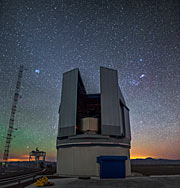
As the Sun sets behind the distant mountains and the sky glows with an ethereal green, the VST opens its doors to a night of observations. In the starry sky, the Pleiades and the Orion belt are easily recognizable on the left and right of the dome respectively.
Test des Laserleitsternsystems auf Teneriffa


Ein Team von Astronomen und Ingenieuren der ESO, dem Instituto de Astrofísica de Canarias (IAC), des Gran Telescopio CANARIAS (GTC) und dem INAF Osservatorio Astronomico di Roma hat im Januar 2015 erfolgreich das ESO-Wendelstein-Laserleitsternsystem des IAC am Observatorio del Teide auf Teneriffa in Spanien in Betrieb genommen und erstes Licht erreicht.
The Visible and Infrared Survey Telescope for Astronomy

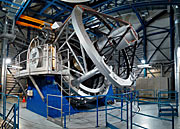
VISTA ― the Visible and Infrared Survey Telescope for Astronomy ― is part of ESO’s Paranal Observatory. It works at near-infrared wavelengths and is the world’s largest survey telescope.
VISTA observing the sky


Even though the VLT is the most famous telescope at the Paranal Observatory, it is by far not the only one. A bit aside from the large Unit Telescopes — which are still visible in the background — VISTA (Visible and Infrared Survey Telescope for Astronomy) is housed. In contrast to its bigger brothers VISTA’s observing time is totally devoted to mapping the sky systematically.
VISTA observing the sky
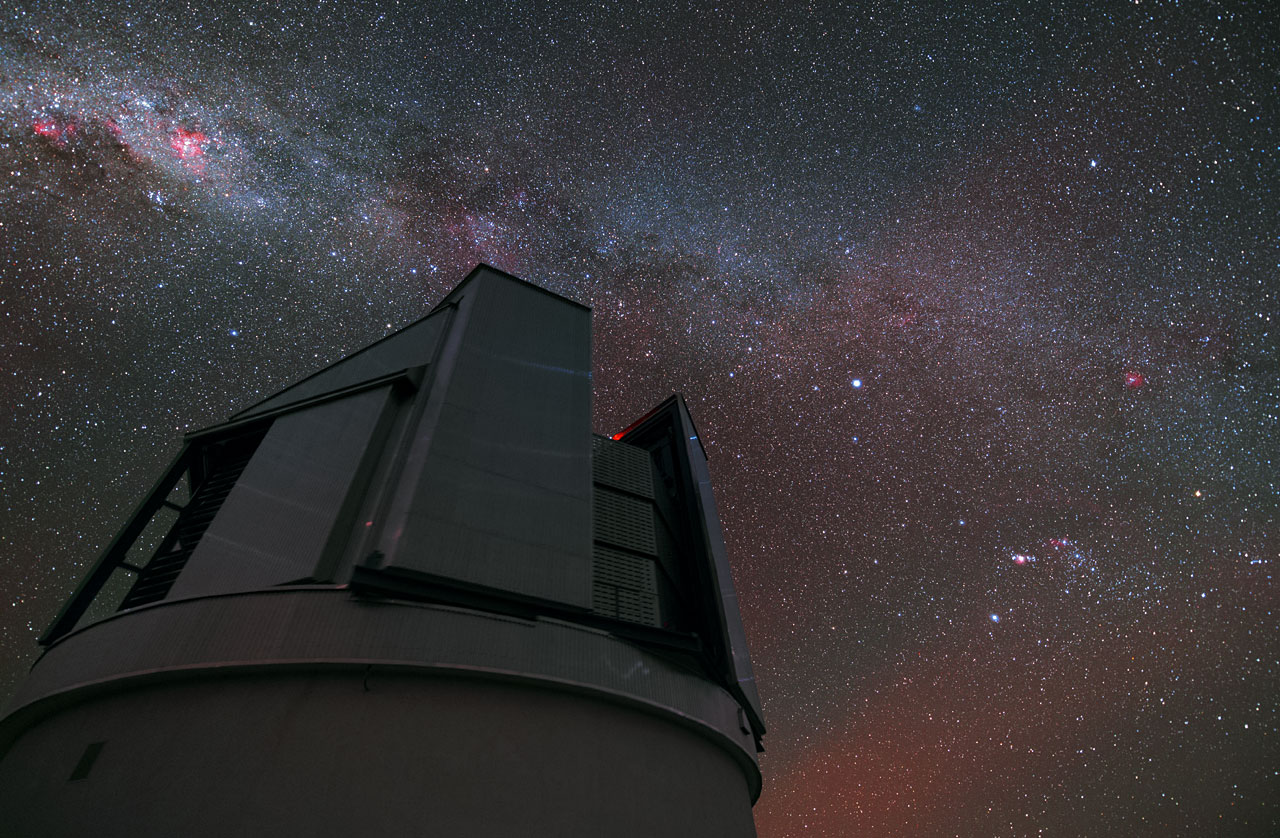

Even though the VLT is the most famous telescope at the Paranal Observatory, it is by far not the only one. A bit aside from the large Unit Telescopes VISTA (Visible and Infrared Survey Telescope for Astronomy) is housed. In contrast to its bigger brothers, VISTA’s observing time is totally devoted to mapping the sky systematically.
VISTA observing the sky

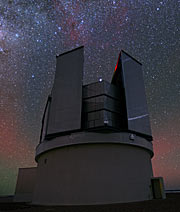
Even though the VLT is the most famous telescope at the Paranal Observatory, it is by far not the only one. A bit aside from the large Unit Telescopes VISTA (Visible and Infrared Survey Telescope for Astronomy) is housed. In contrast to its bigger brothers VISTA’s observing time is totally devoted to mapping the sky systematically.
VISTA observing the sky

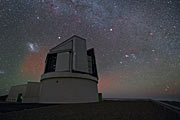
Even though the VLT is the most famous telescope at the Paranal Observatory, it is by far not the only one. A bit aside from the large Unit Telescopes, VISTA (Visible and Infrared Survey Telescope for Astronomy) is housed. In contrast to its bigger brothers, VISTA’s observing time is totally devoted to mapping the sky systematically.
Very large silhouette at sunset

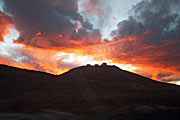
The Very Large Telescope (VLT) atop the 2600-metre-high Cerro Paranal is silhouetted by the sky at sunset.
Very large silhouette at sunset
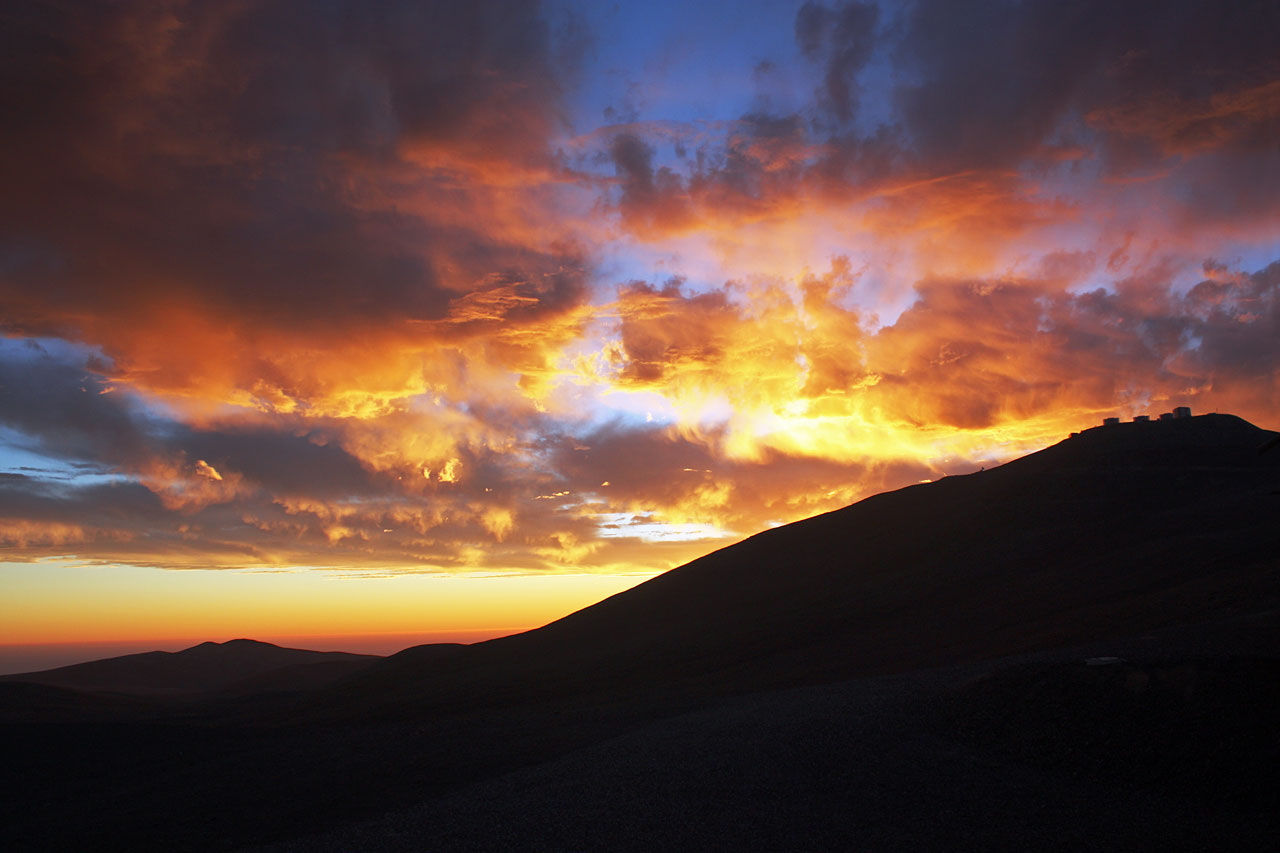

The Very Large Telescope (VLT) atop the 2600-metre-high Cerro Paranal is silhouetted by the sky at sunset.
The Multi Unit Spectroscopic Explorer
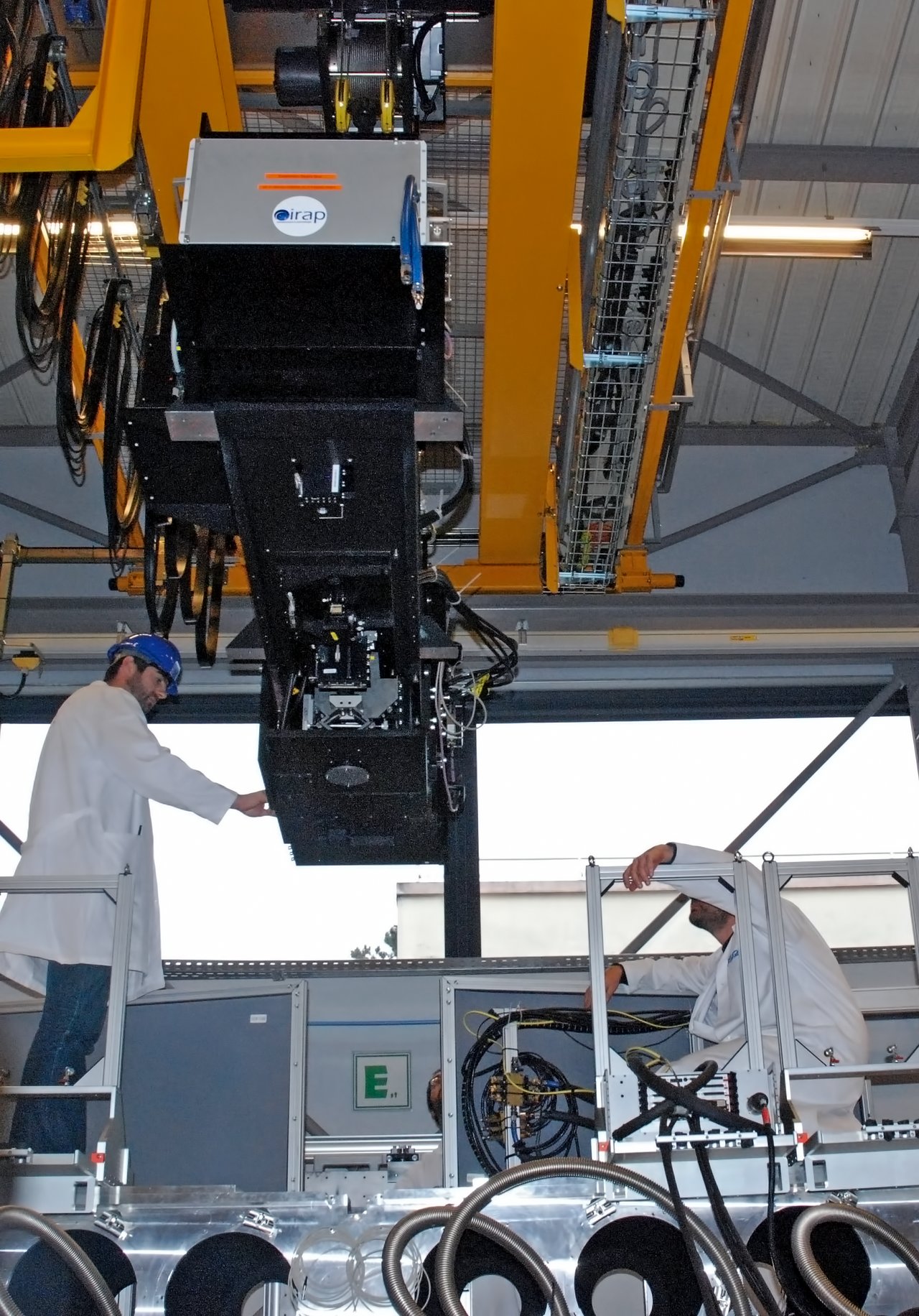

Shown here is the fore-optics system for the Multi Unit Spectroscopic Explorer (MUSE) moments before its decent onto the MUSE main structure. It is at this moment attached to an integration hall crane.
More can be read about MUSE in issue 147 of the Messenger.